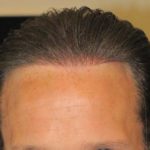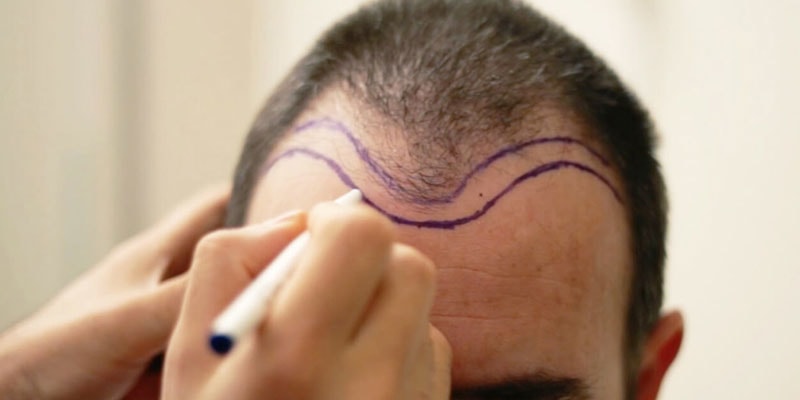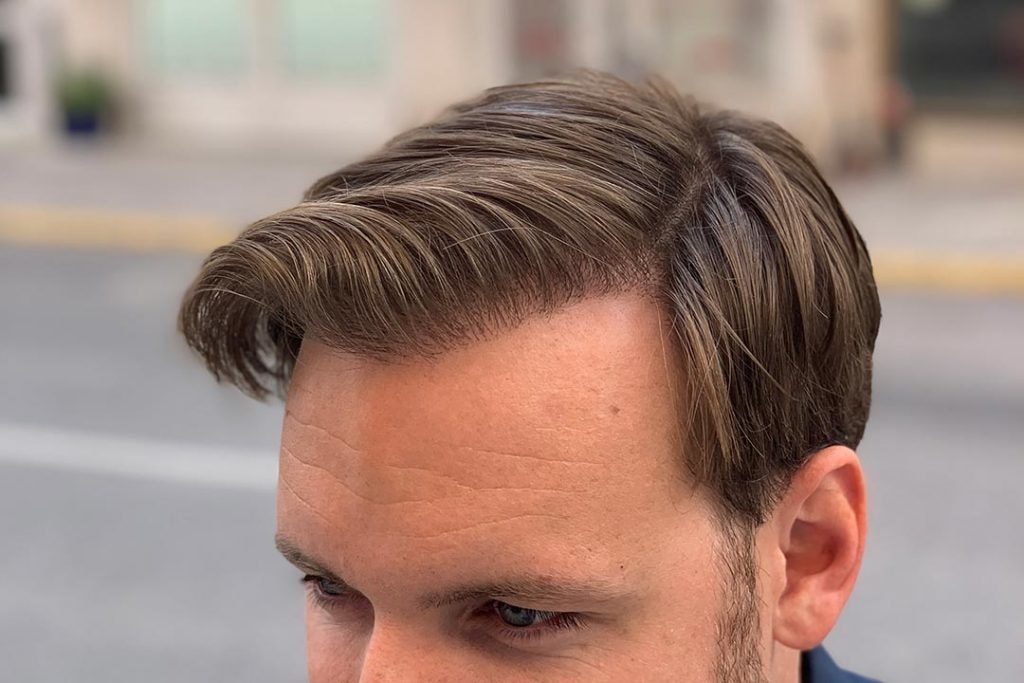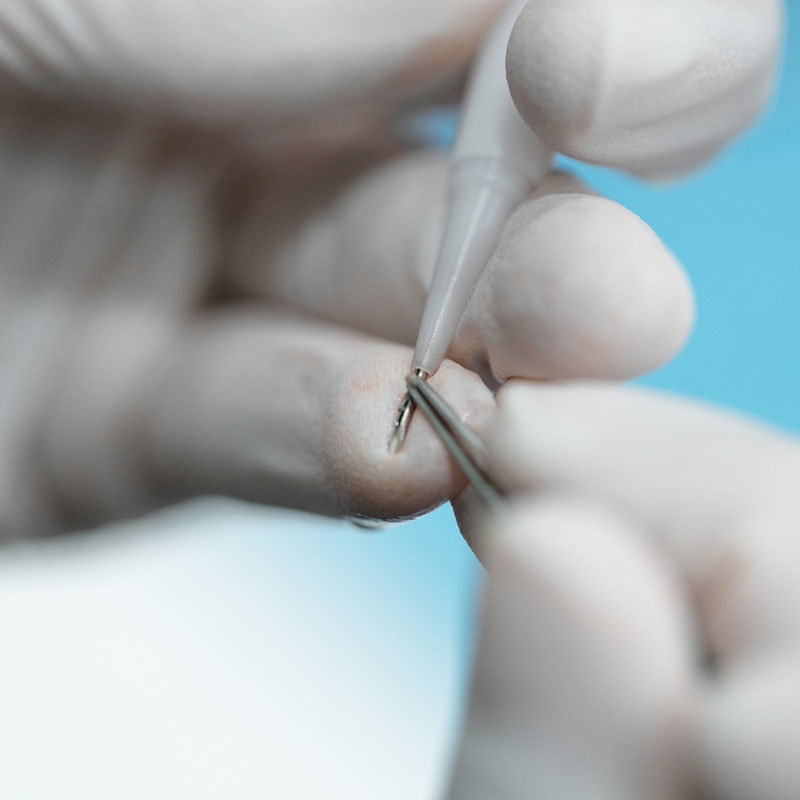Before hair transplant surgery, everyone knows that there is always a risk of swelling, bruising, itching, inflammation, and pain. Since every person has a different metabolism and immune system, their bodies react to such procedures in different ways as well. Hair transplant and swelling are the inevitable duos after the procedure.
The doctors say that all of these complications should be considered normal if they don’t occur at high levels. Most patients are likely to experience these complications during the early days of their recovery time. The most important thing for a hair transplant surgery candidate to know about is a possible infection risk. The worst complication is an infection, it is rare but it’s very dangerous if occurs in the surgical areas.
What Can I Do About Swelling?
As we said at the very beginning of our post, swellings are almost inevitable and the patient’s reaction to the procedure. They generally appear in the early days of the recovery and can be seen in the first 3 weeks.
Swellings generally appear on the forehead area of the scalp. Interfering with them by pulling or scratching the hair may cause additional negative effects on not only the transplanted hair but also the swellings.
The swellings may sometimes occur even months after the surgery. The patient’s immune system may see the transplanted hair strands as a threat to the body and attack them.
You should not pull, scratch, wash or comb your hair during the early days of your recovery. Your scalp is more sensitive about any external attempts from outside. All of these actions may cause swellings to get worse and this also may result in painful experiences which could make you uncomfortable.
If you fail to deal with your swellings, it is best for you to consult your doctor for suitable medication. You should only use prescription drugs in order not to cause additional irregularities or complications in your body.







